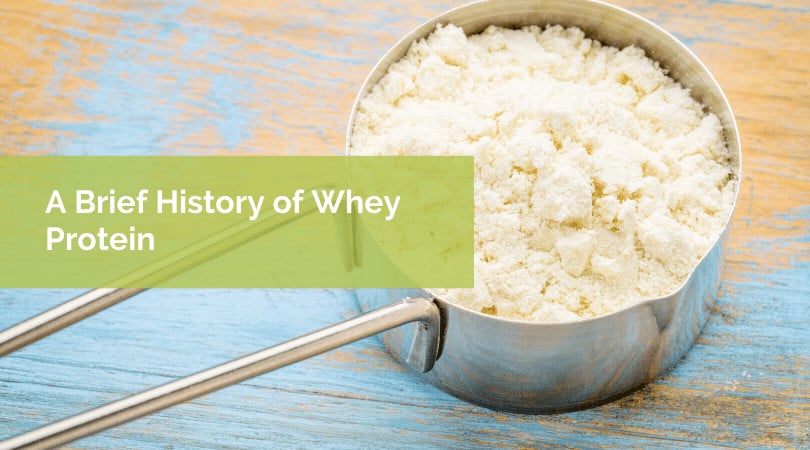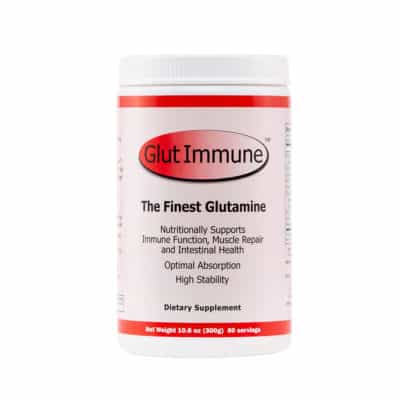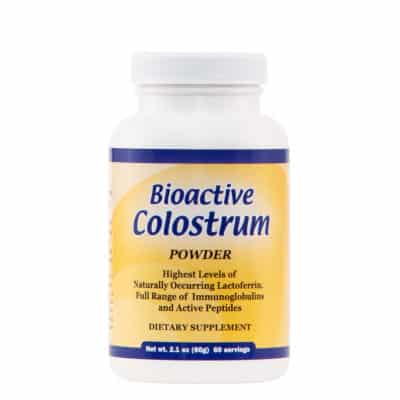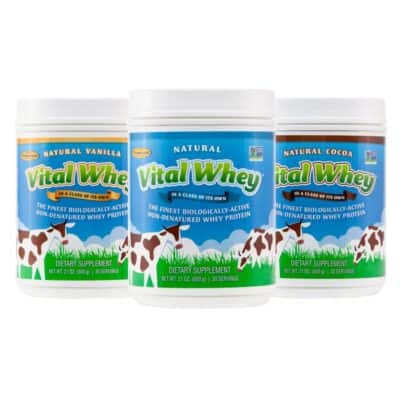
Where Does Whey Protein Come From?
Whey has been revered for its beneficial health properties for centuries. It is one of the two proteins found in milk, the other being casein. Whey is different from other proteins in that it is extremely well absorbed by the body and is a complete protein source, providing all the essential amino acids. It is also high in branched-chain amino acids, particularly leucine. Whey also contains multiple additional components that help support immune function, such as lactoferrin and immunoglobulins. Interestingly, whey was seen as a waste product for many centuries, and its benefits were not discovered for thousands of years.
The History of Whey Protein
There is evidence that cheese making began about 8000 years ago, but the liquid whey that is a byproduct of making cheese was always discarded and seen as waste. Usually, it was simply dumped or fed to pigs. For a long time, cheesemakers didn’t know they had liquid gold on their hands.
Whey on its own was not identified until approximately 3000 years ago. This happened when farmers started using cow stomachs to transport fresh milk. In transport, the milk would coagulate due to the enzymes in the stomachs, leaving just the liquid whey behind. This is when people started drinking the whey alone.
After its discovery, it became used for its medicinal benefits. Hippocrates, the father of modern medicine, prescribed a whey serum as part of his regular medical treatments. This treatment with whey caught on with many other doctors at the time and was used for centuries in ancient Greece. This practice was lost during the chaotic dark ages.
Whey gained favor again in the 17th and 18th centuries as a health treatment, with whey being used at medical spas in Switzerland for both drinking and bathing. It continued to remain popular as a healing treatment at spas through World War II.
During this time, science also started evaluating the possible health benefits of whey protein. In the 1930s, scientists were able to isolate two of the proteins in whey, B-lactoglobulin and a-lactalbumin. This propelled more discoveries of the immune-boosting compounds in whey protein along with its overall nutrient composition.
The understanding of the benefits of whey spurred an interest in finding ways to concentrate and dry whey to help it last longer. Fresh whey needs to be consumed within a few hours or it will spoil. This lead to the invention of spray drying and the evaporation method of making whey, which is still used by some manufacturers today. The problem is that both these methods involved heat, which denatured the delicate proteins and immune compounds in the whey.
In the 1970s, membrane filtration was introduced. This was a heat-free production method and made the taste of the protein powder more tolerable. This method also allowed whey to retain all of its delicate, healthy proteins. The invention of new production methods for dried whey occurred when the protein powder market really started to take off.
Also in the mid-20th century, two men, one named Bob Hoffman and another named Irvin Johnson, launched protein powders marketed for athletes. These were the beginning of the extensive protein supplement market we see today. The original protein powders weren’t great, but the market continued to evolve through the 1980s, particularly for the bodybuilding community. The protein powders of this time still contained significant fat and lactose, making them difficult to digest.
The 1990s was when research finally started to catch up and identify the health benefits of whey protein. Many different companies came to the forefront of the whey protein market, although some made unsubstantiated claims of the benefits of these products. This interest in whey protein helped propel the development of the product.
Whey protein has continued to evolve. The taste, texture, tolerability, and mixability has significantly improved from the early days. Most proteins are a “cleaner” version of the original powders, easier to digest and more effective for health and muscle building.
Due to the significant improvements in manufacturing and processing, the whey protein of today is incredibly versatile and can be used in a myriad of products, not just shakes. This evolution has allowed multiple health benefits to be utilized for everyone, from bodybuilders to older adults.

- Persistent Tiredness and Chronic Fatigue: Causes and Symptoms - February 27, 2024
- Can A Protein Shake Replace A Breakfast Meal? - March 2, 2023
- Glutamine After Surgery: Does It Help With Recovery? - February 17, 2023





